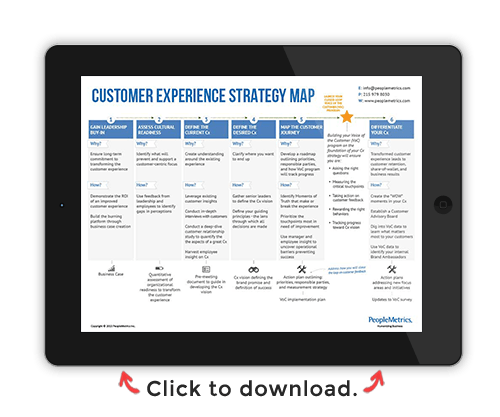A gap separates good companies from great ones. Shrinking this gap results in better employee performance, lower operating costs, and increased customer engagement. What is this one seemingly magical rift that separates surviving companies from thriving companies? The engagement gap.

The engagement gap is the difference between what people do and what they are capable of doing. In his book The Power of Positive Thinking in Business, Scott Ventrella describes the engagement gap when he writes, “In most cases where people know what to do (that is, they have the knowledge) and how to do it (they have the skills), they still don’t follow through (perform) nearly as well as they could. Self-limiting beliefs and negative thoughts that shape attitude are the culprits.”
That gap doesn’t just exist in the office. Missed opportunities and mediocre performance also plague education. But as many of Harvard’s undergraduates can tell you, a new academic field is trying to change all of that. The field is called Positive Psychology, and its findings show that employees, students—everyone, really—can close the engagement gap by focusing on the meaningful, positive aspects of their lives. At first dismissed as self-help pop science, Positive Psychology classes are now the most popular courses on the Harvard campus, showing just how thirsty students are for proven ways to become engaged in all aspects of life.
According to Harvard’s newspaper, The Crimson, professor Tal Ben-Shahar says Positive Psychology teaches that “studying what works is more productive than dwelling on what doesn’t.” His main goal is to teach students how to be happier and healthier. “Happiness is and ought to be the ultimate end,” he says.
Just where does PeopleMetrics’ work fit into all of this? Well, we’re in the business of closing the engagement gap, both for employees and for customers. PeopleMetrics defines both Customer Engagement and Employee Engagement according to four qualities: Passion, Advocacy, Effort, and Retention. Happiness figures into the Passion part of that equation.
On the HR side, employee happiness contributes to Employee Engagement. To help our clients improve Employee Engagement, we’ve developed tools—including a 40-question survey, performance-importance mapping, and an online planning tool for managers—to help companies close the engagement gap. We emphasize Employee Engagement because our research shows that companies with high Employee Engagement also enjoy more business success, in the form of higher ROI and profits. We’ve discovered that’s because more engaged employees tend to have more positive emotional interactions with customers. And positive emotional interactions turn run-of-the-mill customers into Engaged Customers. Thus, higher Employee Engagement translates to higher Customer Engagement, which means higher overall sales.
To help increase Employee Engagement and bring the lessons of Positive Psychology to your workplace, emphasize the big picture and how your employees fit into it. People have an innate need to feel their work makes a difference in the world. By reminding associates that their work does make a difference, you can help to boost Employee Engagement. Be a cheerleader; tell everyone on your team why they are important and how their day-to-day duties contribute to the big picture.
In her book The How of Happiness, Sonja Lyubomirsky explores how employees’ perceptions impact their productivity. She writes, “Interviews with twenty-eight members of a hospital cleaning crew revealed that some of them disliked cleaning, felt that it entailed low-level skills, and did the minimum amount of work required; others, in contrast, transformed the job into something grander and more significant. This second group of hospital workers described their work as bettering the daily lives of patients, visitors, and nurses. They engaged in a great deal of social interaction (e.g. showing a visitor around, brightening a patient’s day) reported liking cleaning and judged the work as highly skilled. It’s not surprising that these hospital cleaners found flow in their work….They set forth challenges for themselves…They added tasks outside their formal duties…They saw themselves as part of a larger, integrated whole, not just mopping floors and emptying trash cans but serving as a part of a system that improved people’s lives.”
You may have heard a similar anecdote about three bricklayers. When asked what they are doing, the first says, “I’m stacking up bricks.” The second says, “I am building the west wall of a church.” The third, his eyes shining, says, “I am building a grand Cathedral that will stand for centuries.” Show your employees how to see the “Cathedral” in their day-to-day tasks, and their performance (and happiness!) will skyrocket.
~Monica Nolan, Account Manager
Want to learn more about customer experience strategy? Then download our strategy map by clicking on the image below.
Topics: Employee Experience, Customer Experience





 (1).png)